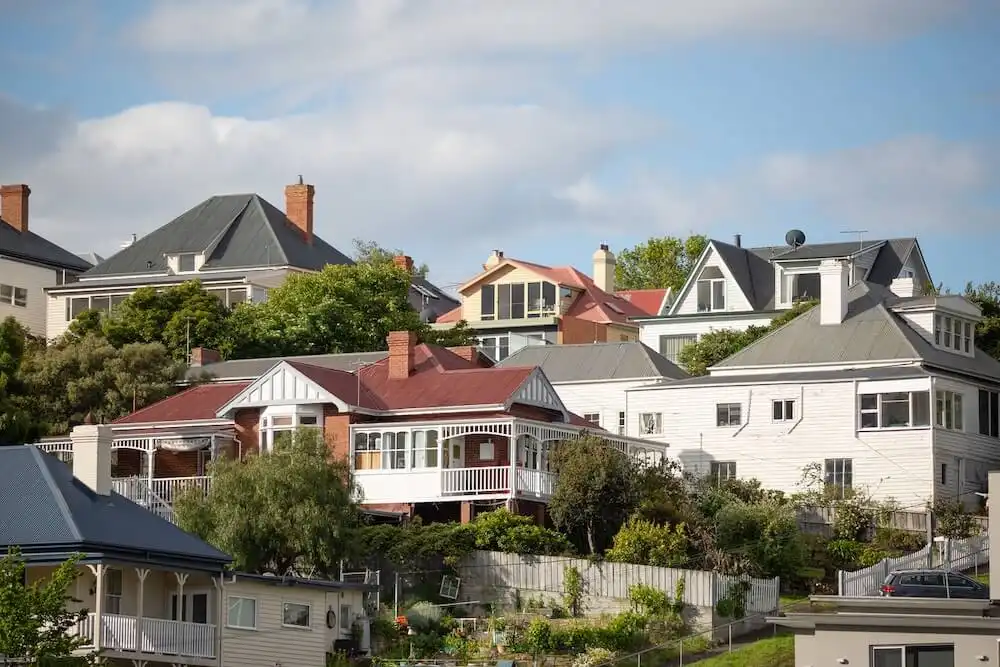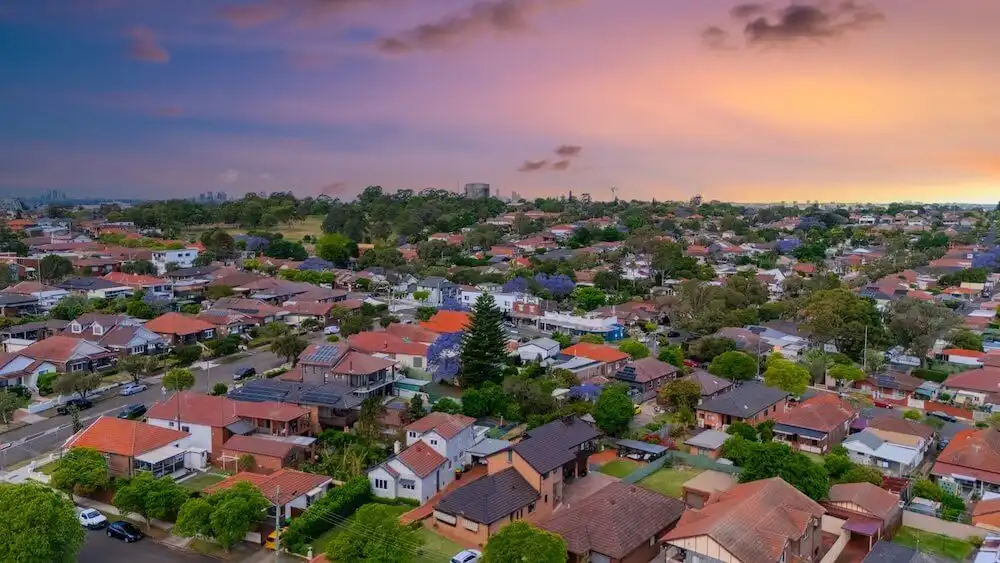Where demand could surge under First Home Guarantee changes
From October 1st, the federal government's Home Guarantee Scheme (HGS) expanded, making more Australian first home buyers eligible for a low-deposit loan — a move that's expected to drive strong demand and rising property prices.
With unlimited places, no income caps, and higher price caps across the country, what was once a relatively niche offering is now being rolled out to the masses — and the effects are already being seen around the country.
It's big news not just for buyers, but for sellers too. Find out what's changed, why it matters, and where sellers could benefit the most.

Get a free property value estimate
Find out how much your property is worth in today’s market.
What is the HGS and what changed on October 1st?
The federal Labor government launched the HGS in its current form back in 2022 as a way of creating a pathway to homeownership for more first home buyers.
The mechanics are fairly straightforward: an eligible buyer can secure a home loan with only a 5 per cent deposit, with the government guaranteeing a further 15 per cent, potentially skipping extra years of saving while the market moves on.
It's been a relatively limited offering so far, though. Buyers are subject to caps on income ($125,000 p.a. for singles, $200,000 p.a. for couples) and property value — and those price limits have meant the eligible buyer pool, and the pool of available properties, is small.
From October, that pool widened significantly. Income caps are scrapped, property price caps have risen in line with different states' home values, and there will be no limit to the number of places available in the scheme.
Property price caps from 1 October 2025
| Location | Current property price cap | Property price cap from 1 October '25 |
|---|---|---|
| NSW - capital city/regional centre | $900,000 | $1,500,000 |
| NSW - other | $750,000 | $800,000 |
| VIC - capital city/regional centre | $800,000 | $950,000 |
| VIC - other | $650,000 | $650,000 |
| QLD - capital city/regional centre | $700,000 | $1,000,000 |
| QLD - other | $550,000 | $700,000 |
| WA - capital city | $600,000 | $850,000 |
| WA - other | $450,000 | $600,000 |
| SA - capital city | $600,000 | $900,000 |
| SA - other | $450,000 | $500,000 |
| TAS - capital city | $600,000 | $700,000 |
| TAS - other | $450,000 | $550,000 |
| ACT | $750,000 | $1,000,000 |
| NT | $600,000 | $600,000 |
For example, in Sydney, Newcastle, Lake Macquarie and the Illawarra, the price cap rose from a restrictive $900,000 to $1,500,000, a figure that more closely reflects real home values across these locations.
Cotality economist Kaytlin Ezzy explained that "The increased price caps mean first home buyers will have more choice where they can purchase," when "previously, a lot of houses were out of their reach."
With the shackles coming off this buyer-assisting scheme, it's likely we're going to see a significant uplift in first home buyer activity over the final months of 2025 and into 2026.
How will the changes affect property price growth?
One of the biggest shifts from October will be the number of property markets around the country that will have appropriately priced homes for the scheme.
Cotality analysis found that, prior to the upcoming changes, around a third of Australia's property markets had a median price below the scheme's cap.
After the recent changes, that balloons out to nearly two-thirds of all markets — 51.6 per cent of house markets and 93.7 per cent of unit markets have median prices that sit underneath the caps.
As a result, Cameron Kusher, director of Kusher Consulting, said the expansion is expected to "increase demand and push housing prices higher."
The price growth is expected to be particularly focused on the entry-level end of the market — units and smaller houses — and the action is already picking up.
"First home buyers, they're out in force at the moment," Sydney real estate agent Renee Cross told the ABC.
"It will absolutely create urgency in the market, buyers will be wanting to buy, because they'll want to get into the market right at this point."
Independent economist Saul Eslake pointed to modelling that suggests "the price of homes that first home buyers are likely to buy could be pushed up by as much as 5 per cent over a relatively shorter period of time."
While the scheme has had its fair share of critics, it's good news for sellers — particularly those looking to upsize from an entry-level priced home.
Which areas and properties could see the most growth?
The uplift in first-home buyer activity won’t be uniform across the market — it will likely concentrate in specific price brackets and locations.
Broadly, we can expect the biggest impact in suburbs (and property types) with median prices at or below the new caps.
Under the old, lower caps, the scheme heavily restricted first-home buyers to units, outer suburbs and regional towns.
Now, with caps lifted by $300k+ in many regions (and a massive $600k jump in Sydney), whole swathes of previously ineligible markets will open up.
This tends to include houses in outer-ring and affordable middle-ring suburbs of the major capitals, and unit and townhouse markets across a wide range of suburbs, including inner-city areas.
Realestate.com.au pointed to a number of suburbs in particular that sit nicely in their market's respective price brackets and could see a significant uplift.
They highlighted Edgeworth, Dapto and Blackheath in NSW, Melton South and Wyndham Vale in Victoria, Beaudesert and Bethania in Queensland, and Gosnells and Midland in WA as prime examples of suburbs expected to rise.
Comparing the median house and unit prices in your surrounding suburbs to the new caps will be a key indicator of whether you can expect to see an uptick in first home buyers active in your neighbourhood.
As investors aren't eligible for the scheme, sellers with a property that fits the criteria may want to prepare for increased interest from owner-occupiers, focusing on move-in readiness and low running costs for the home.
Pricing will also be a key factor. A home priced at or just below the cap could draw significantly more buyer interest than one priced just above, so considering your position there could prove vital.
In terms of timing, the October 1st changes land right in the middle of a supercharged spring selling season, a short-term window of opportunity to capitalise on strong momentum around the country.






